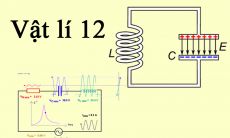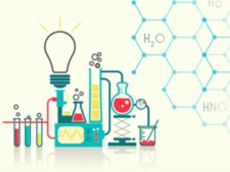Read the following passage and mark the letter A, B, C, or D on your answer sheet to indicate the correct answer to each of the questions from 35 to 42.
The oceans are so vast and deep that until fairly recently, it was widely assumed that no matter how much trash and chemicals humans dumped into them, the effects would be negligible. Proponents of dumping in the oceans even had a catchphrase: "The solution to pollution is dilution."
Today, we need look no further than the New Jersey-size dead zone that forms each summer in the Mississippi River Delta, or the thousand-mile-wide swath of decomposing plastic in the northern Pacific Ocean to see that this "dilution" policy has helped place a once flourishing ocean ecosystem on the brink of collapse.
There is evidence that the oceans have suffered at the hands of mankind for millennia. But recent studies show that degradation, particularly of shoreline areas, has accelerated dramatically in the past three centuries as industrial discharge and run-off from farms and coastal cities have increased.
Pollution is the introduction of harmful contaminants that are outside the norm for a given ecosystem. Common man-made pollutants reaching the oceans include pesticides, herbicides, chemical fertilizers, detergents, oil, sewage, plastics, and other solids. Many of these pollutants collect at the ocean's depths, where they are consumed by small marine organisms and introduced into the global food chain.
Many ocean pollutants are released into the environment far upstream from coastlines. Nitrogen-rich fertilizers applied by farmers inland, for example, end up in local streams, rivers, and groundwater and are eventually deposited in estuaries, bays, and deltas. These excess nutrients can spawn massive blooms of algae that rob the water of oxygen, leaving areas where little or no marine life can exist.
Solid wastes like bags, foam, and other items dumped into the oceans from land or by ships at sea are frequently consumed, with often fatal effects, by marine mammals, fish, and birds that mistake them for food. Discarded fishing nets drift for many years, ensnaring fish and mammals. In certain regions, ocean currents corral trillions of decomposing plastic items and other trash into gigantic, swirling garbage patches. One in the North Pacific, known as the Pacific Trash Vortex, is estimated to be the size of Texas.
Pollution is not always physical. In large bodies of water, sound waves can carry undiminished for miles. The increased presence of loud or persistent sounds from ships, sonar devices, oil rigs, and even from natural sources like earthquakes can disrupt the migration, communication, and reproduction patterns of many marine animals, particularly aquatic mammals like whales and dolphins.
(Source: Reading Advantage by Casey Malarcher)
What does the passage mainly discuss?
Hãy suy nghĩ và trả lời câu hỏi trước khi xem đáp án
Lời giải:
Báo saiĐáp án A
A. Marine pollution and its many forms : Ô nhiễm biển và những dạng của nó
B. Noise and its disruptive effects on marine life: Tiếng ồn và hậu quả gây hỗn loạn lên cuộc sống trên biển
C. Various kinds of harmful pollutants : Các chất gây ô nhiễm độc hại khác nhau
D. The end of the "dilution" era : Sự chấm dứt của thời kì ‘pha loãng’
Đề thi thử THPT QG Tiếng Anh năm 2018
Trường THPT Trần Hưng Đạo














